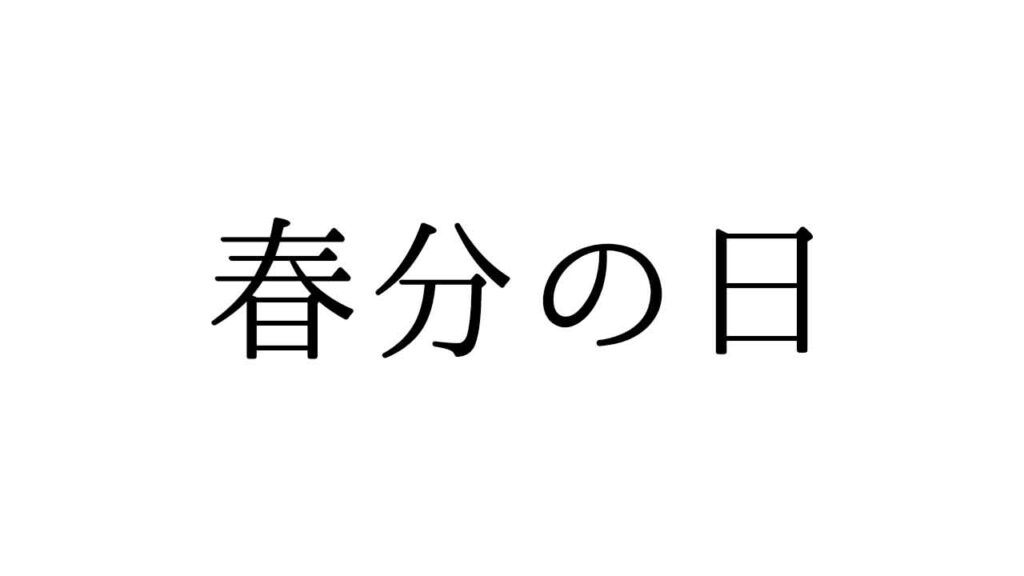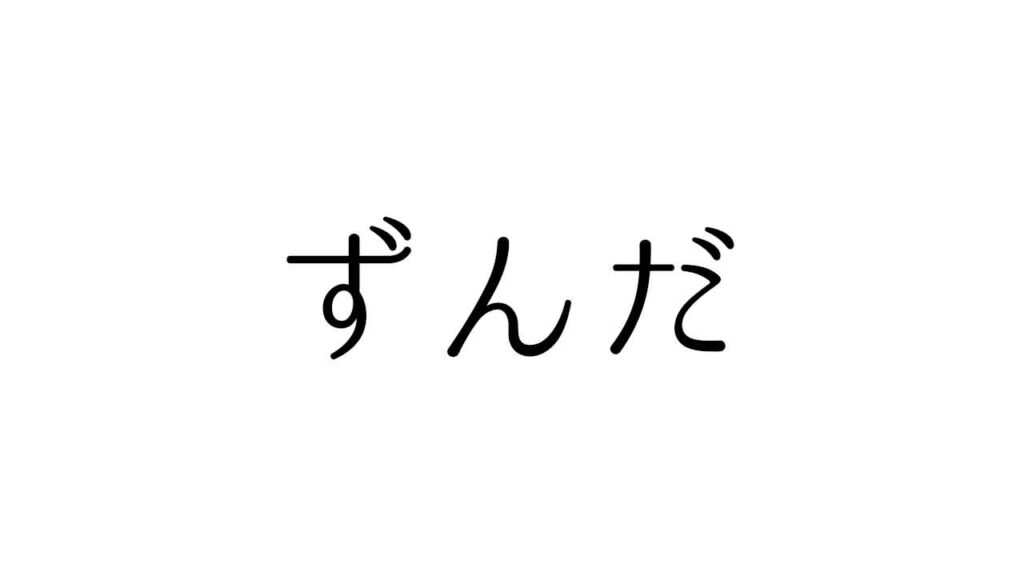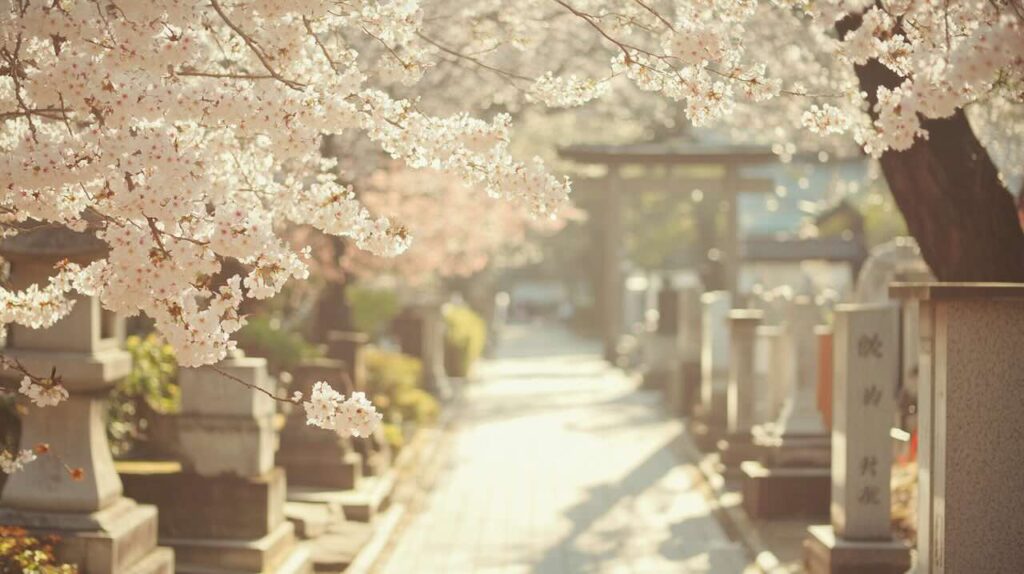What Is Shunbun no Hi?
Shunbun no Hi (春分の日), or Spring Equinox Day, is one of Japan’s most quietly profound national holidays. Falling around March 20 each year, it marks the point when day and night are nearly equal in length, signaling the transition from winter’s chill to spring’s warmth. But for Japanese people, Shunbun no Hi is far more than a seasonal marker — it is a moment to honor nature, reflect on life, and pay respect to ancestors.
In 2025, Shunbun no Hi will be observed on March 20 (Thursday).
The Deeper Origins of Shunbun no Hi
While officially recognized as a public holiday in 1948, the roots of Shunbun no Hi stretch back centuries, deeply intertwined with Japan’s agricultural calendar, Buddhist beliefs, and cultural connection to nature.
Agricultural Significance
Long before modern calendars, ancient Japanese farmers observed the sun’s movements to guide planting and harvesting. The spring equinox represented a crucial turning point, when warmer days returned and fields could once again be cultivated. Ceremonies were often held to pray for a bountiful harvest and express gratitude for the life-giving forces of nature.
Buddhist Connection: The Higan Tradition
Shunbun no Hi also coincides with the Buddhist custom of Higan (彼岸), a period lasting one week around both the spring and autumn equinoxes. In Buddhist teaching, Higan refers to “the other shore,” symbolizing the journey from the world of suffering to enlightenment. The equinox, with its perfect balance of light and dark, represents a time when the spiritual and earthly realms are believed to draw closer together. As a result, many families use this period to visit ancestral graves, offer prayers, and reflect on family ties.
How Japanese People Celebrate Shunbun no Hi
Visiting Family Graves (Ohakamairi)
One of the most important customs on Shunbun no Hi is visiting family graves. Relatives gather to clean the tombstones, remove weeds, wash the stones with water, and leave offerings of seasonal flowers, incense, and small gifts. This simple yet meaningful act allows families to reconnect with their lineage, express gratitude to ancestors, and strengthen the bond between generations.
Eating Botamochi
A traditional treat associated with Shunbun no Hi is botamochi (ぼたもち), a sweet rice cake coated with smooth or chunky red bean paste. The name botamochi comes from botan, meaning peony, a spring flower that represents the season. Botamochi’s counterpart, ohagi, is eaten during the autumn equinox. The soft, comforting sweetness of botamochi symbolizes warmth, familial harmony, and the gentle arrival of spring.
Appreciating Nature’s Awakening
Since Shunbun no Hi was officially established with the purpose of “cherishing nature and all living things,” many people take the opportunity to enjoy the outdoors. Strolling through parks, visiting gardens, admiring blooming plum or early cherry blossoms, and soaking in the fresh spring air are simple but treasured ways to celebrate the season’s renewal.
The Subtle Balance of Light and Darkness
While the equinox is often described as the day when daytime and nighttime are perfectly equal, atmospheric refraction means daylight is slightly longer. From this point forward, Japan enjoys progressively longer days, heralding the full arrival of spring. This delicate balance between light and dark carries symbolic weight in both Buddhist philosophy and Japanese seasonal aesthetics.
Why Shunbun no Hi Reflects Japanese Values
Shunbun no Hi embodies several core elements of Japanese culture: a deep sensitivity to seasonal change, a reverence for ancestors, and an appreciation for nature’s cycles. It is neither a flashy festival nor a commercialized holiday, but a quiet, reflective pause within the busy rhythm of modern life. Whether through visiting graves, savoring seasonal foods, or simply taking in the blossoming landscape, Shunbun no Hi invites people to reconnect with both family and the natural world.
Summary
Shunbun no Hi, Japan’s Spring Equinox Day, is observed around March 20 each year. It celebrates nature’s balance, the arrival of spring, and the enduring bond between generations. With roots in ancient agriculture and Buddhist Higan practices, the holiday remains a cherished time for honoring ancestors, enjoying seasonal foods like botamochi, and appreciating nature’s renewal. For visitors to Japan, experiencing Shunbun no Hi offers a quiet but profound glimpse into Japan’s seasonal and spiritual traditions.


